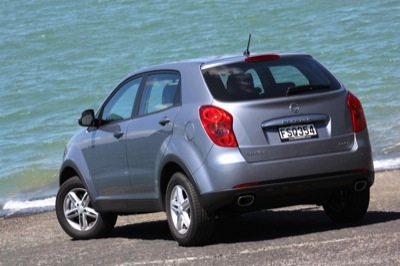 To say that the SsangYong Korando has come a long way from its beginnings as a Jeep made under license by the Geohwa Company in Korea in 1983 is a pretty massive understatement.
To say that the SsangYong Korando has come a long way from its beginnings as a Jeep made under license by the Geohwa Company in Korea in 1983 is a pretty massive understatement.
The second generation was based on a shortened Musso platform and featured styling that was just plain ugly, really and the fact that it was also an ill-handling beast won it few friends.
But now the latest incarnation of the Korando has appeared on New Zealand shores and just in looks alone is such a massive improvement that it probably doesn’t really deserve to be saddled with the Korando nameplate (an extremely cheesy, yet somehow still strangely awesome contraction of ‘Korea Can Do’, apparently…)
Fortunately it is not just the looks that have been vastly improved with the new Korando – everything is vastly better. Still not perfect, but good enough in the majority of areas to make the Korando worth serious consideration if you are in the market for a compact SUV-style of vehicle.
Landing smack in the middle – well, bottom if you go off price – of one of the most competitive and strangely confusing markets in the country at the moment, the Korando’s size, price and configuration places it up against vehicles as diverse as the Nissan Qashqai, Mitsubishi ASX, Holden Captiva, Dodge Caliber, Kia Sportage and Hyundai ix35. And it comes off looking pretty good too.
While there may still be a few questions left regarding SsangYong’s build quality (the top of the gear knob did fall off our test car a few days into our time with it…) and material quality, the overall impression is not too bad, especially when you take into account the 2WD manual’s entry price of $34,990.
On the road, the 2WD Korando acquits itself well indeed, with a decently pliant ride and more than acceptable handling. Understeer is the prevalent attitude, especially when pushing on, but it is well controlled and extremely predictable, making the Korando not exactly a blast on a winding road, but more than capable of keeping up good momentum.
Stability and traction controls are intelligently calibrated and fairly unobtrusive as well, and the 2-litre diesel four-cylinder pulls well throughout the rev range. It is more than a little coarse, mind you, and the clutch’s on/off take up makes it a slightly tricky proposition come launch time, especially if you haven’t dialled up enough revs.
Once up and running, however, the diesel engines torque make getting around town a relative breeze, despite the light-switch abrupt clutch take-up and slightly clunky gearshift – although this did start to free up on our car after a week of commuting.
Overall the Korando came off as handsome and endearing despite – or maybe actually because of – its flaws and slight lack of refinement. And taking into account its price, begins to look very tempting indeed.
While only the Kia Sportage manages to undercut the Korando, it only does it with a petrol engine, but does balance the equation somewhat by throwing Kia’s excellent 6-speed automatic transmission into the bargain as standard, as opposed to the SsangYong’s slightly clunky 6-speed manual…
Better finished, higher specced and maybe better looking depending on your preferences (beauty, eye of the beholder and all that…), the Kia poses the biggest threat to the Korando, but if you are after an undeniably handsome diesel compact SUV, the Korando makes a very convincing argument indeed.
This article first appeared in New Zealand Company Vehicle magazine.

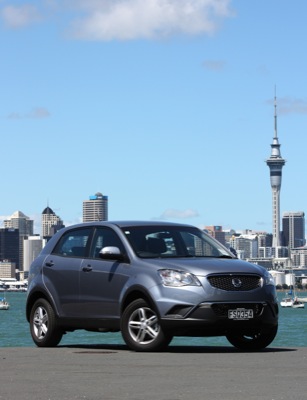
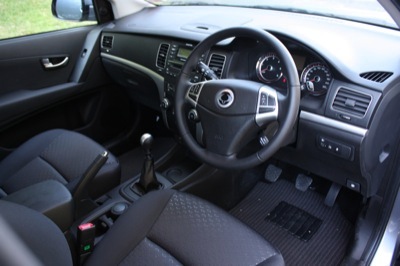
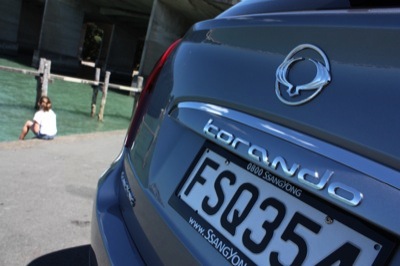

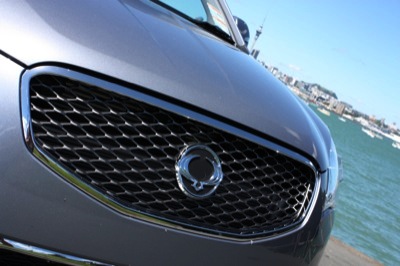
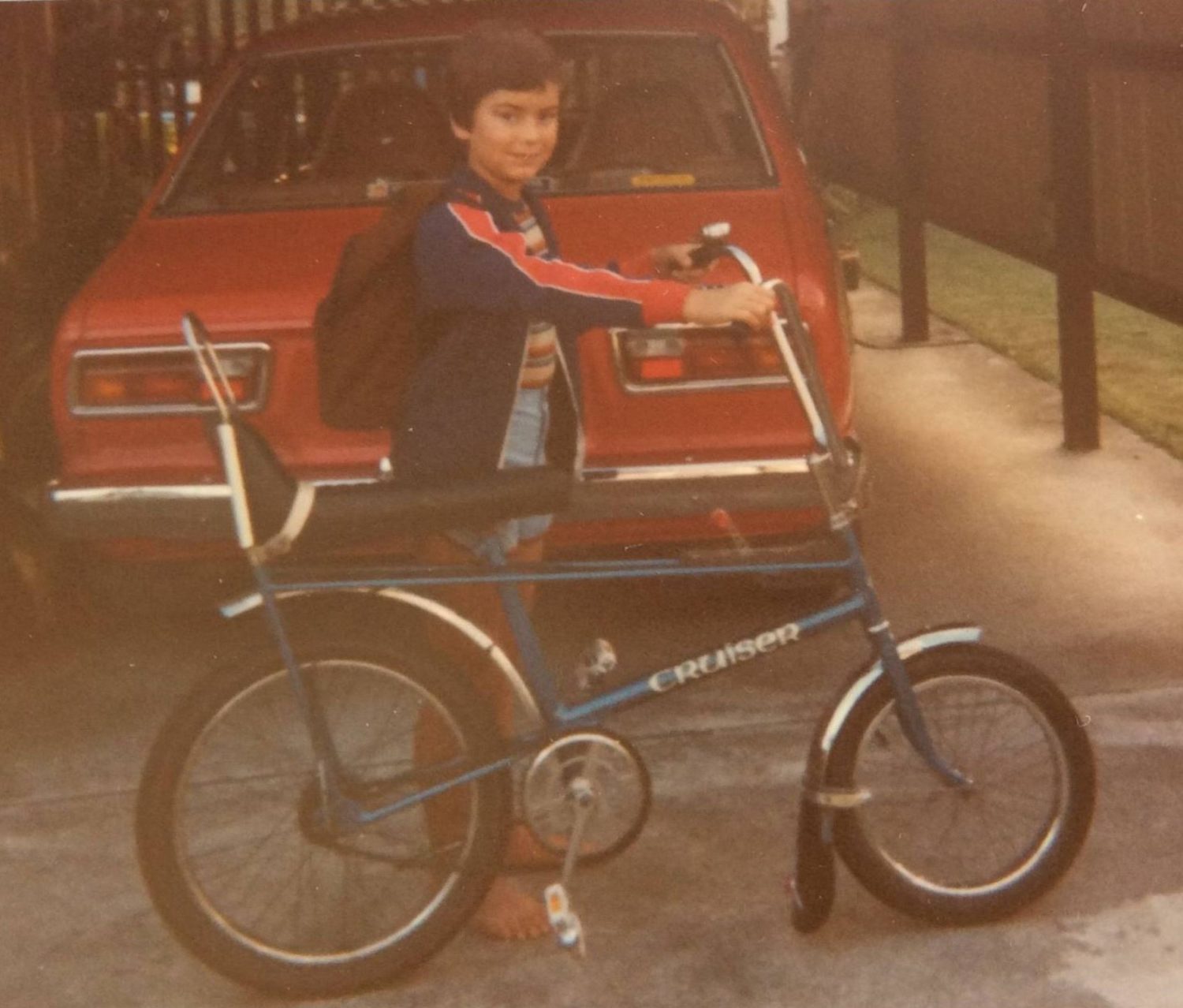
You must be logged in to post a comment.